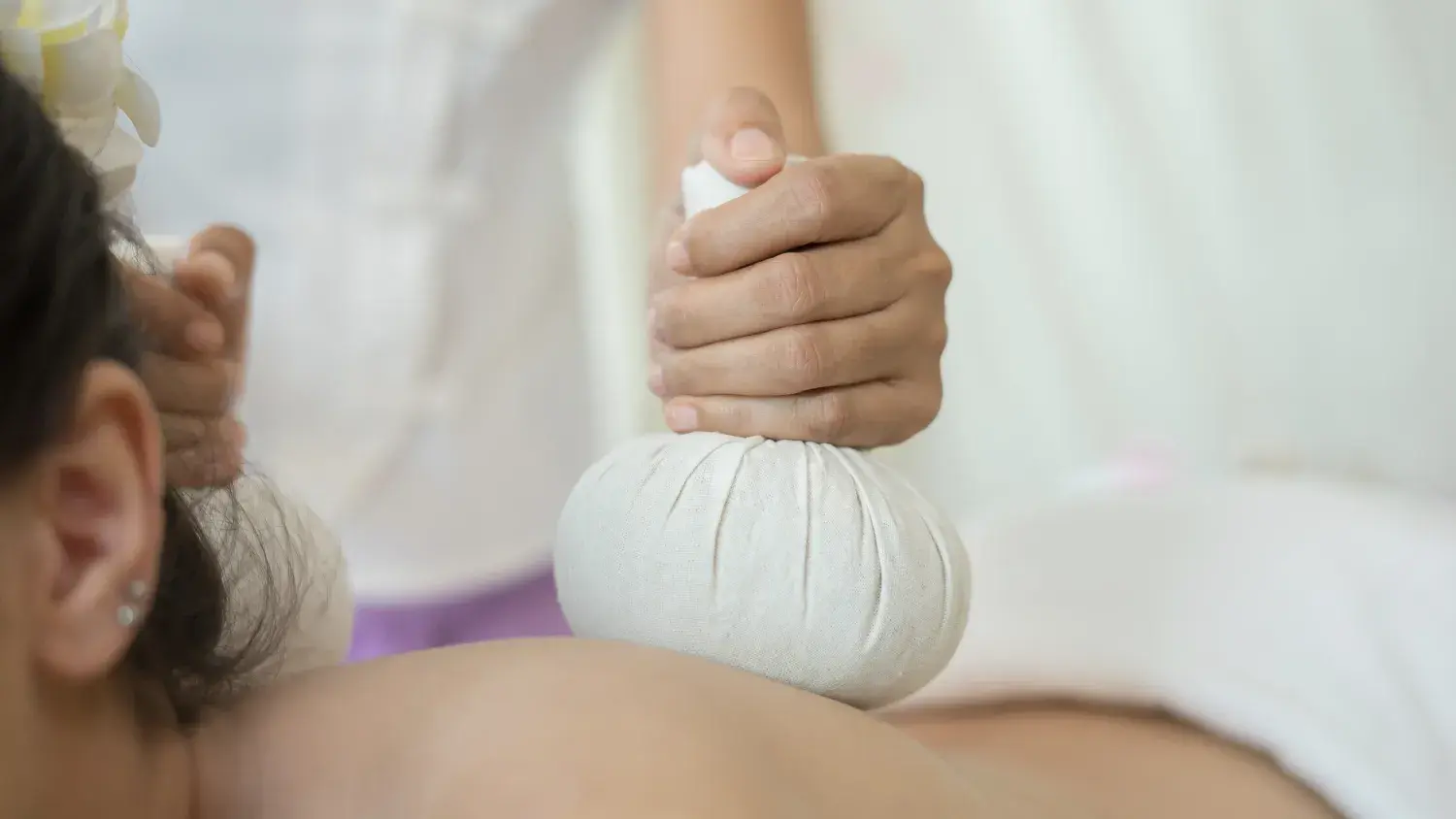
What is Thermotherapy (Heat Therapy)?
THERMOTHERAPY (Heat Therapy)
Do you know heat therapy can ease muscle pain, stiffness, and cramps effectively? By boosting blood flow, it helps relax and heal damaged tissues. Let’s explore how this simple therapy works wonders.
What is thermotherapy?
Heat treatment, also known as thermotherapy, applies heat to an affected location to cure damaged muscles, joints, or tissues in the body. Its major application is to alleviate prolonged discomfort caused by muscle stiffness, sensitivity, and cramping.
How does heat therapy actually work?
Heat treatment or thermotherapy raises the temperature of a specific location to promote blood flow and circulation. This can help relieve pain and suffering and, in some cases, heal damaged areas of the body. It can also improve muscle flexibility by removing lactic acid accumulation caused by particular exercises.
Looking for solutions? Explore commonly used physiotherapy machines at home to make your recovery easier and more effective.
What does a health therapy typically include?
Various heat therapy methods try to warm specific body parts, including dry heat, moist heat, and professional heat therapy using ultrasound or radiation.
1. Dry heat, also known as conducted heat therapy, can take the shape of heating pads, heat packs, hot water bottles, electrical heating pads, or saunas.
2. Moist heat, also known as convection heat, can be in the form of moist heating packs, hot baths, and steamed cloths and towels.
3. Thermal ultrasound- Ultrasound heating applications can be utilised to treat diseases like tendinitis. The transmission of sound waves creates microscopic vibrations in the tissues, increasing friction and producing heat.
Most physiotherapists think that because water distributes heat faster than air, moist heat therapy is more effective than dry heat. Additionally, they claim that moist heat can heat tissues "more deeply," resulting in increased blood flow and improved outcomes.
More recent forms of heat therapy that use a carbon fibre heater and a rechargeable battery are now accessible. Body wraps with this feature, like shoulder or back wraps, can be utilised as focused heat therapy.
How long does the heat therapy last?
The duration of heat therapy is determined by the problems you are having. Minor muscle stiffness can often be eased by using heat therapy for 15-20 minutes. If you have moderate to severe pain, lengthier sessions with a physiotherapist will be more beneficial. It can last between 30 minutes and two hours.
What types of conditions might heat therapy help me with?
Heat can help relieve the following:
- Aches and pains
- Stiffness in muscles and joints
- Strains and sprains
- Tendonitis
- Muscle spasms.
- Osteoarthritis
- Pain due to neck or back damage
When should I not use heat therapy?
It is crucial to remember that heat therapy is not appropriate for all sorts of injuries and should not be used for pain that is accompanied by inflammation. If the damaged area is already heated, administering heat will be ineffective; instead, use a cold pack to restrict blood flow and reduce inflammation.
Here are some of the situations when heat therapy should not be used:
- If you have an infection
- If you have existing burns
- You have open wounds.
- You have obtained new injuries.
- You are presently experiencing dermatitis.
- Experience numbness when the skin is hot, red, or inflamed.
If you have high blood pressure or any other heart issue, always check your doctor before undergoing any type of heat therapy.
Electrotherapy physiotherapy, an alternative, can also help in reducing pain and inflammation, offering targeted relief with the use of electrical currents. Always explore the right method under professional guidance.
Conclusion
Heat therapy is a trusted way to relieve aches, stiffness, and more. If you're looking for physiotherapy at home or near me, Trupal offers expert guidance to help you heal better. Start your journey to pain relief with TruePal today!
FAQs
1. What is heat therapy?
Heat treatment, also known as thermotherapy, is applying heat to an affected location to cure damaged muscles, joints, or tissues in the body. Its major application is to alleviate prolonged discomfort caused by muscle stiffness, sensitivity, and cramping.
2. What are the ways of thermotherapy?
Heat therapy can take many forms, including hot cloths, hot water bottles, ultrasound, heating pads, hydrocollator packs, whirlpool baths, cordless FIR heat therapy wraps, and others.
3. What are the benefits of heat therapy?
Heat therapy aids recovery by boosting blood flow to the muscles of the lower back. Increased blood flow gives more oxygen, white blood cells, platelets, and critical nutrients, all of which aid in the repair and healing of damaged tissues.
4. How do you do thermal therapy at home?
You can use a hot or warm towel. To prepare a hot towel, soak the hand towel in water for 2 to 3 minutes, either by running it under hot water at a faucet or by immersing it in a kettle of warm water at 105 degrees Fahrenheit. You can then squeeze the excess water and put the warm towel on your injury to get relief instantly.
5. Does heat help with nerve pain?
Heat can help relax any stiff muscles close to the pinched nerve once the irritation has subsided. Additionally, heat can increase blood flow, which promotes healing. Try applying a warm compress or a heating pad. But keep in mind to shield your skin from intense heat.
Related Topics
Categories
All
Mutual Funds
NPS
Health Insurance
EPF
Chat with us
